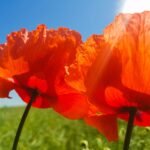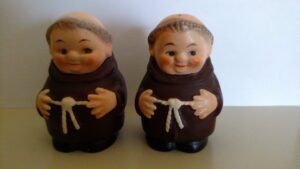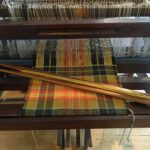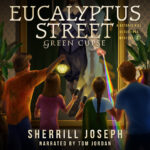The Isolato
Hello, Kids and All Readers,
I was a shy kid. Still am–including the kid part. How about you?
My mother used to say to me, “Sherrill, get your nose out of that book and go outside and play.” Some kids would welcome hearing an adult say that to them! I dreaded it. My calling was to be curled up reading my mystery du jour (kids, that means “of the day”). e.g., Nancy Drew. Still, I went out and played–which was a good thing for my socialization and physical development–but my mind usually remained transfixed on my book’s plot or characters awaiting me on my nightstand as my friends and I played “Moonlight, Starlight. Who’s Going to Find That Witch Tonight?” or similar games.
The pandemic and my new career as a writer have caused me to focus on a topic that has always intrigued me: The isolation and resulting angst of the artist. Or, as it is called in Italian, isolato. So, imagine my joy when in the mail the other day arrived the Spring 2021 issue of The Phi Kappa Phi Forum. The entire issue focuses on Solitude.
One article especially resonated: “Isolato,” by W.D. Wetherell (pages 18-20). He has authored over twenty books and in the article, discusses how he knows a thing or two about isolation. He has, in his words, “overdosed on it” throughout his life. Why? Because Wetherell thinks solitude, or isolation, is essential for serious artists if they are to carve out that space and time where they can develop their craft. As he puts it, “Writers need unadulterated quiet–no interruptions or social obligations to interfere in their work.” He explains that loneliness, aloneness, or alienation have characterized many first-rate American authors like Poe, Hawthorne, Thoreau, Dickinson, and J.D. Salinger. They didn’t voluntarily join the “Loneliness Club”; rather, solitude “comes with the territory” for serious artists. In other words, many artists appear to be on an endless, heuristic path with the help of isolato.
Perhaps because of the pandemic, and despite every author’s wish to be labeled “first-rate,” Wetherell and I agree that isolation is not trendy. It has come to be seen as a bad thing and very old-fashioned. But, he and I further agree the isolato–being in that “quiet zone”–can help us get in touch with the lonely, stricken, and oppressed of the world. How? We give ourselves the requisite time and space to have empathy for others like ourselves as we artists are chained to our writing desks, easels, musical instruments, or dance studios! The isolato is just what life has forced upon us.
So, get a clue, readers. Do you seek the voices of the lonely, either by choice or by default? For me, it happens most often at my desk where, ironically, I suddenly shift from being a hermit. I’m off in great company with my characters, delving into their hearts and lives, in order to deliver them and myself to the world.

 From “The Poppies” (1993)
From “The Poppies” (1993) From Atalanta in Calydon (1865)
From Atalanta in Calydon (1865)

 Dear Readers,
Dear Readers,
